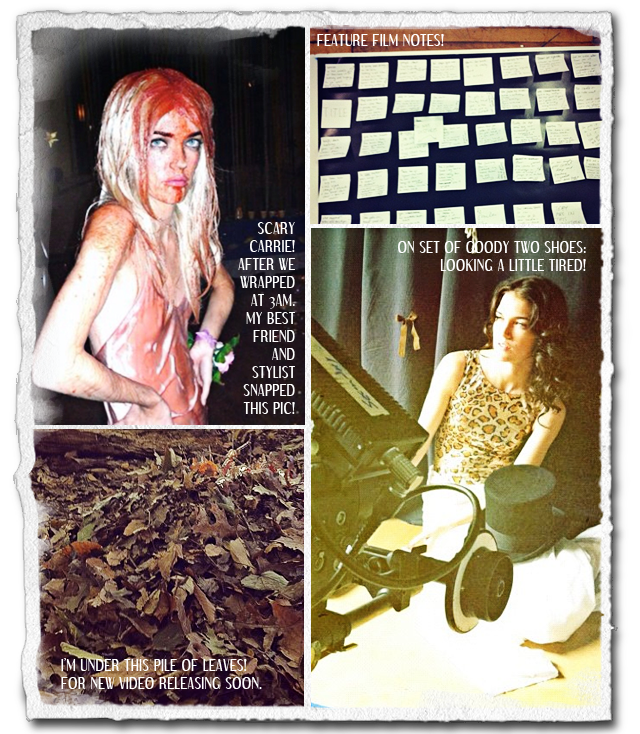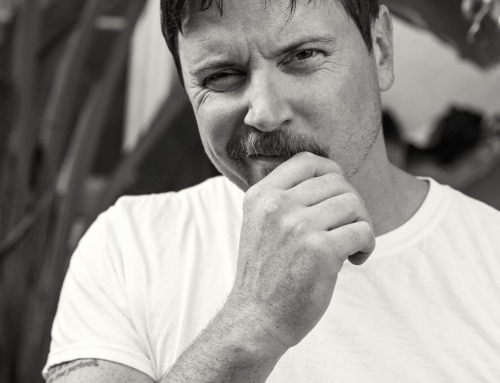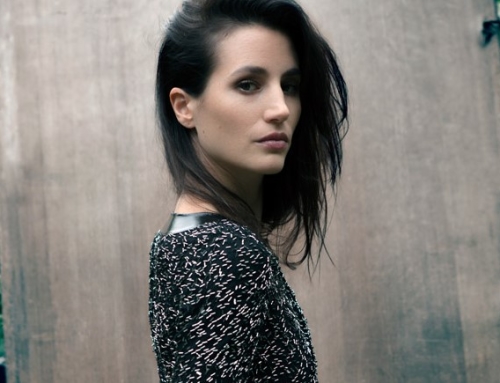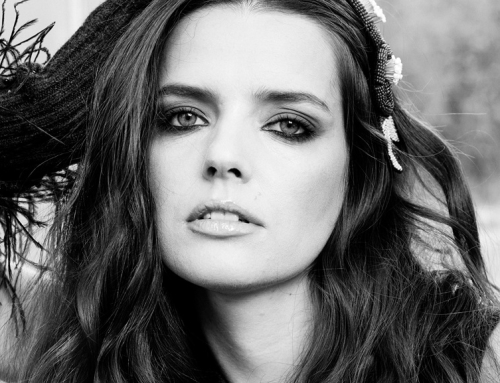The storied triple threat of Hollywood’s golden years is a rarity in today’s entertainment industry. Though there are current talents (outside the Disney channel and Glee) that show some resemblance to screen legends Judy Garland and Gene Kelly, it seems more often than not that for every pop-star-turned-actor, there is a questionable casting direction in a mega motion picture; and alternatively, for every-actor-turned-singer, a bad album — all cover songs of course. And then enters a fresh, unaffected artist on the scene — or in Celia Rowlson-Hall case, dances onto it.
While not a singer like ol’ Judy and Gene, Rowlson-Hall talents unravel across 3 fields effortlessly. The filmmaker, choreographer and Bessie Award-winning performer (The New York Dance and Performance Awards) is the creative force behind multiple shorts (simultaneously quirky and haunting), as well as dance sequences for music videos by artist including Chromeo and MGMT; all this, in addition to an expanding oeuvre of stage and film performances.
On the top of our ones-to-watch list (FYI: she has a feature film on the way), FILLER talks to Rowlson-Hall for more on flexing her multiple talents and her personal dance-infused take on storytelling.

Which came first in your career: dancing, performing or directing?
I began dancing when I was five, and was introduced to choreography in high school. After completing my BFA in choreography and modern dance, I moved to New York and danced professionally for two companies, as well as choreographing for film and music videos. I knew immediately that film was “home” to me, although I knew nothing about it — so I just started making things. Now as a director, I can bring my knowledge of performance and choreography to film.
Does your eye for choreography come in handy when directing in terms of visualizing camera motion, and directing the rhythm of cuts in the post-production process?
Yes exactly. I like to think of the camera as a dance partner, and editing is where I find the breath and rhythm of each scene.

Apart from the music videos you choreograph, even the way the art direction and narrative of your films are set to motion reads as one complete thought with the music; is your artistic vision as a director driven by rhythmic movement in some ways?
Yes, I think first and foremost I am driven and compelled by movement. That tends to be at the root of everything I am interested in. What is in motion? Where is it going? How fast or how slow? What are the obstacles?
With the emphasis on movement, do you see choreography as something of a narrative tool?
Choreography and movement are the ultimate narrative tools. Physical action is communication in its most basic form. It can be more specific, more grounded, and more truthful than any dialogue can be, if done effectively.
Would you say your vision is more narrative-driven or visually-driven?
I try for them to be equal. I tend to get lost in the visual because it comes to me more naturally, but I must always come back to story. Story is the most important thing.
Speaking of story, there’s a definite punch of pop culture in the narrative of your short, Prom Date, what with all its film references. Is that a signature trait in your work?
This is tough because although it is “pop culture”, the women I chose in Prom Night have everything to do with their sexuality. I think Prom Night is the only film I have made where we get a sense of pop culture. My other works tend to live in worlds without a sense of era or specific time and place.
Would yo consider yourself a bit of a pop culture junkie?
No, I don’t. Annie Dillard said, “the writer is careful of what he reads, for that is what he will write. He is careful of what he learns, because that is what he will know.” I take this to heart and do my best to fill my time with lasting works of art, literature and film — pop culture today seems a bit like junk food. But everyone likes a bag of chips occasionally.
What about your favourite era for pop culture?
I am afraid I don’t have one!
Let’s just stick to the current era then. Iconography goes hand in hand with pop culture, what characteristics do you think today’s generation of living icons share?
Well, my first question is: Who are our icons today? The first three people that pop into my mind are: Mark Zuckerberg, The Kardashians, President Barack Obama.
They have managed to reach uncharted territory. That is what makes them iconic. And whether it’s being the first black president or reaching unheard heights of fame for doing nothing, it’s still uncharted territory.
You’ve ventured into some uncharted territory yourself through your films, or at least shown it in a different light. When it comes to wordless performance, it seems like it would be easy to tip a performance into the category of “over acting,” but you never do. What’s your secret?
Hahahah thanks. I just try to be as honest as I can. But it can always be better!

Let’s talk a bit about your shorts. Prom Date, Pinata and Three of a Feather are very different in narrative and mood. Do you purposely try to keep your subject matter as diverse as possible rather than building a thematic vision?
In terms of thematic vision, I think all of my films have a sense of nostalgia to them and the character’s need for clarity. But really, I just go with what I am interested in, and what comes to me.
It’s working for you! Performing, choreography and directing are three talents that seem to just come to you naturally. Of the three, which are you most passionate about currently or which do you see yourself focusing on more in the future?
I am grateful for each day I get to practice just one of my loves: dancing, choreographing, directing. But the real joy and challenge comes from using them together. Currently I’m working on a feature film which exercises all three and I am really thrilled.











